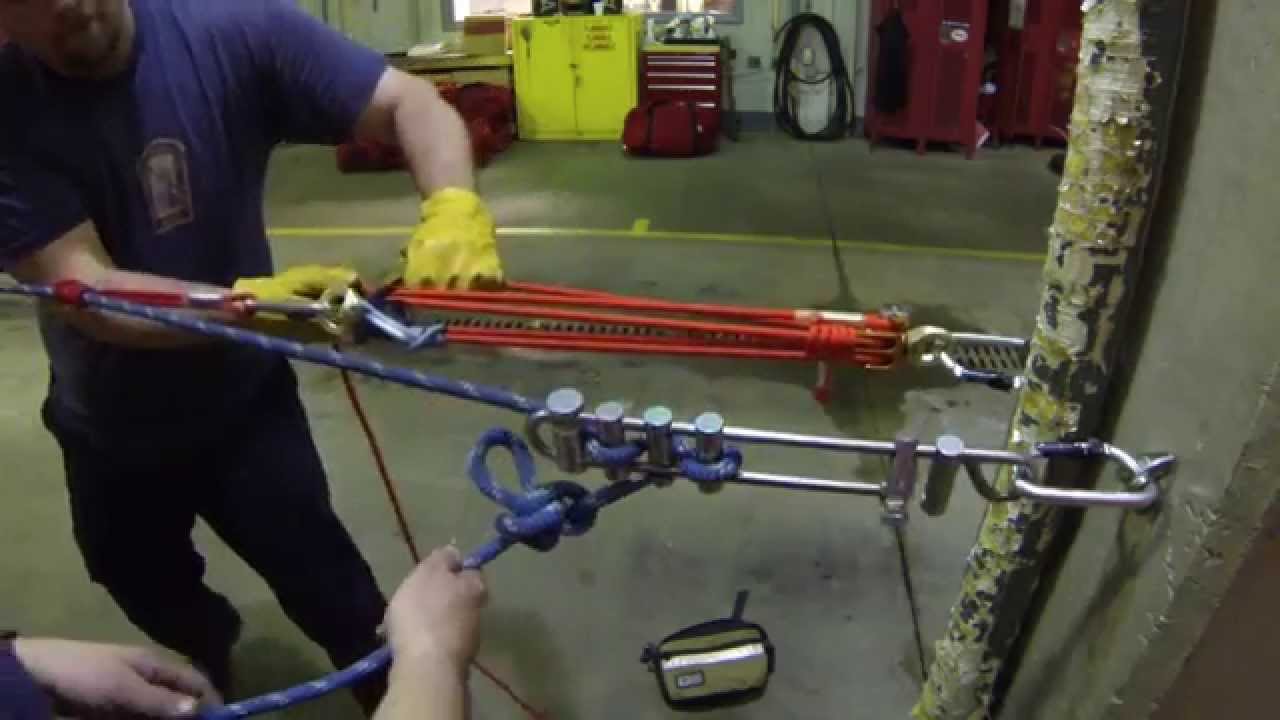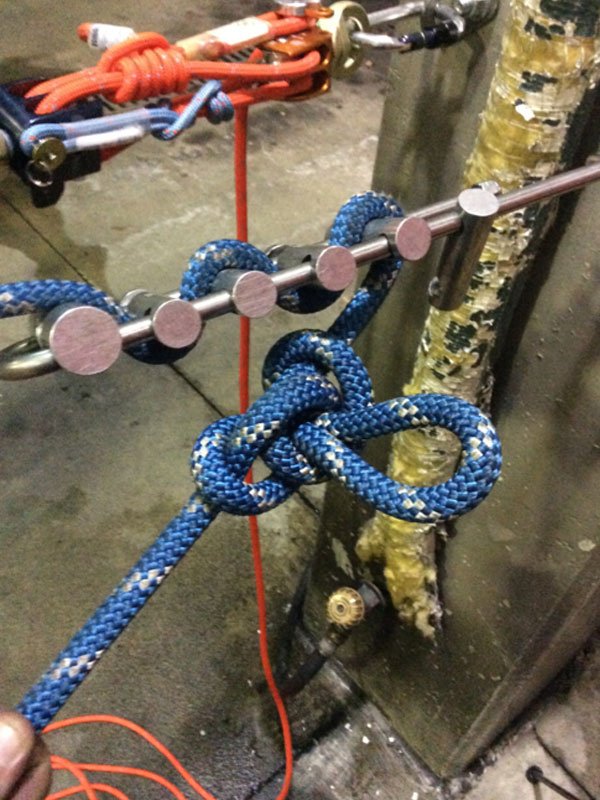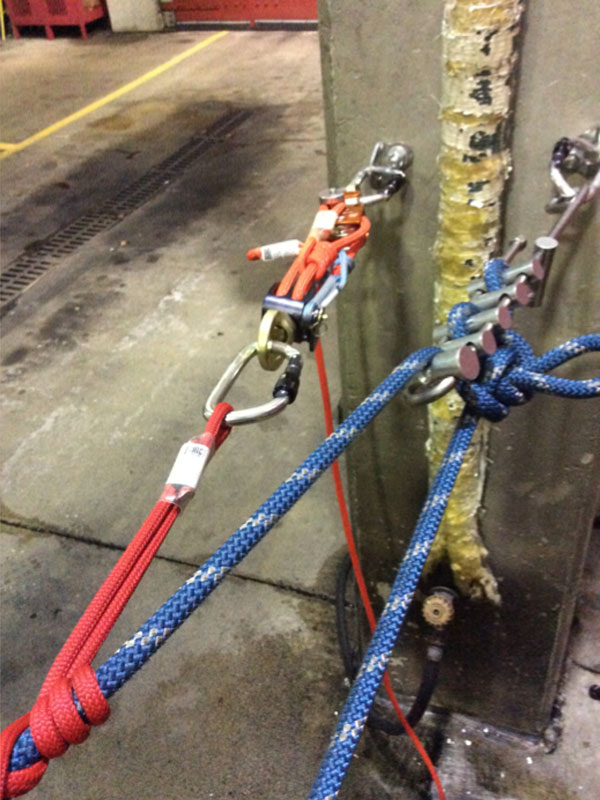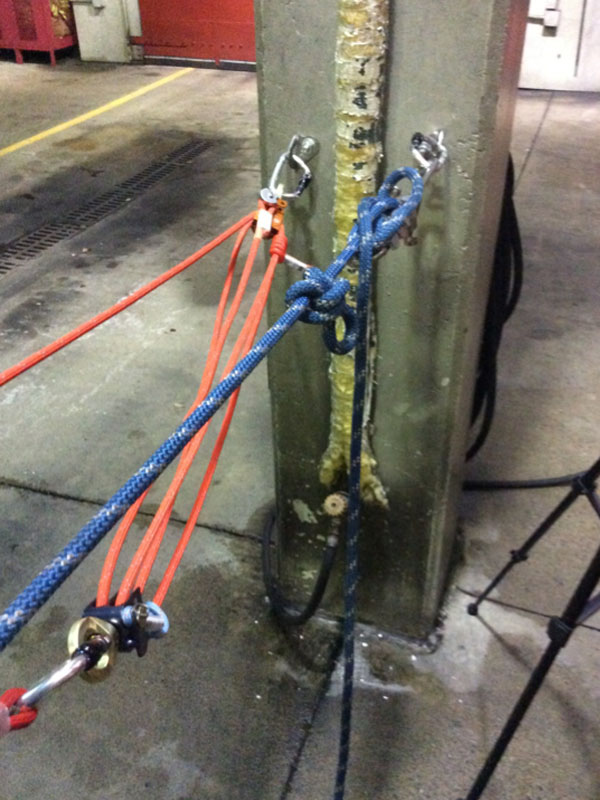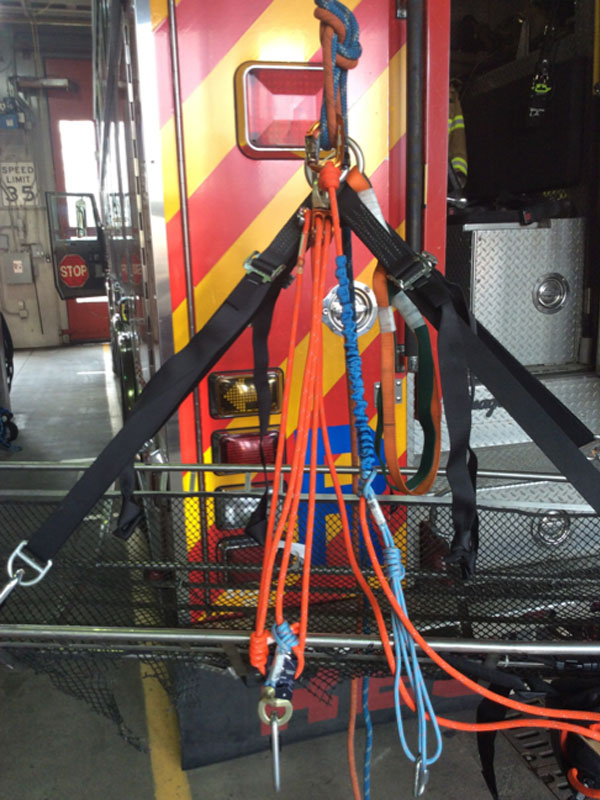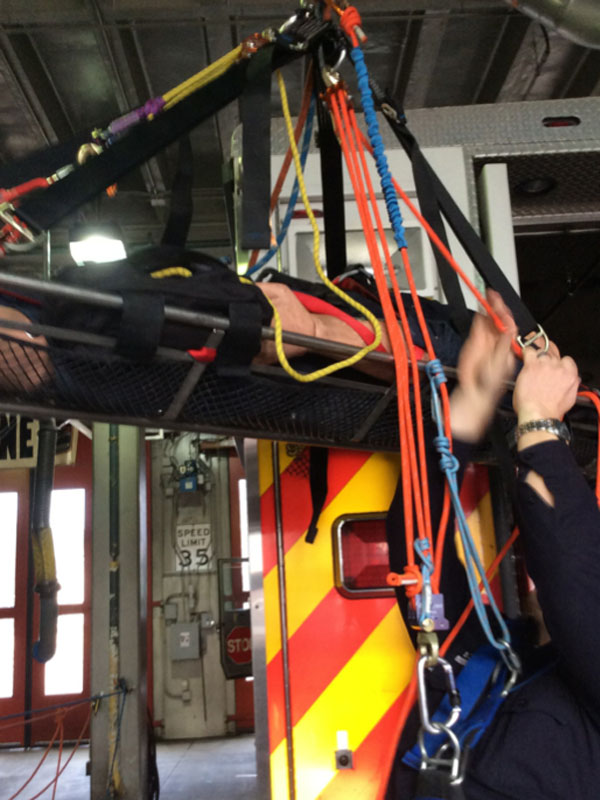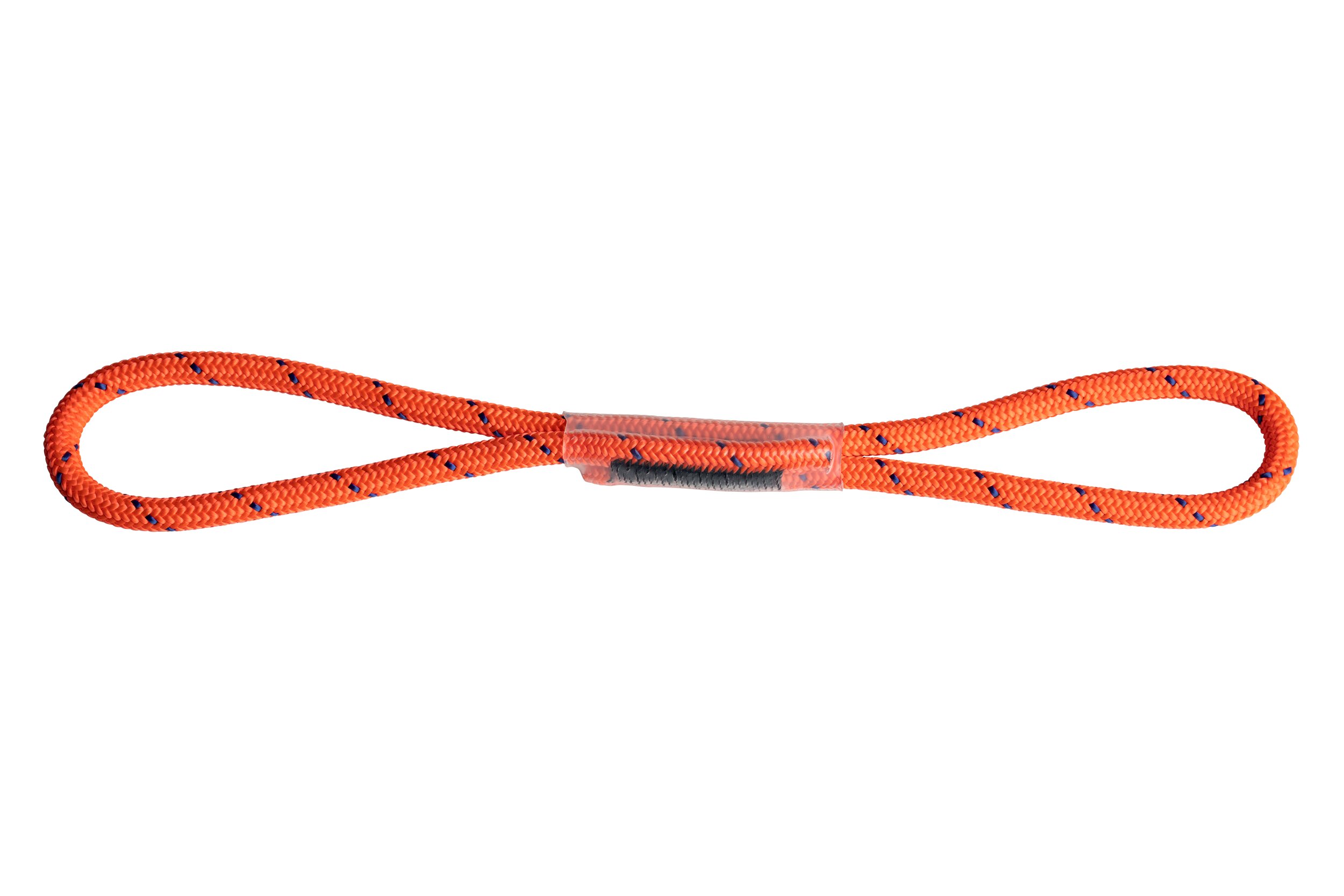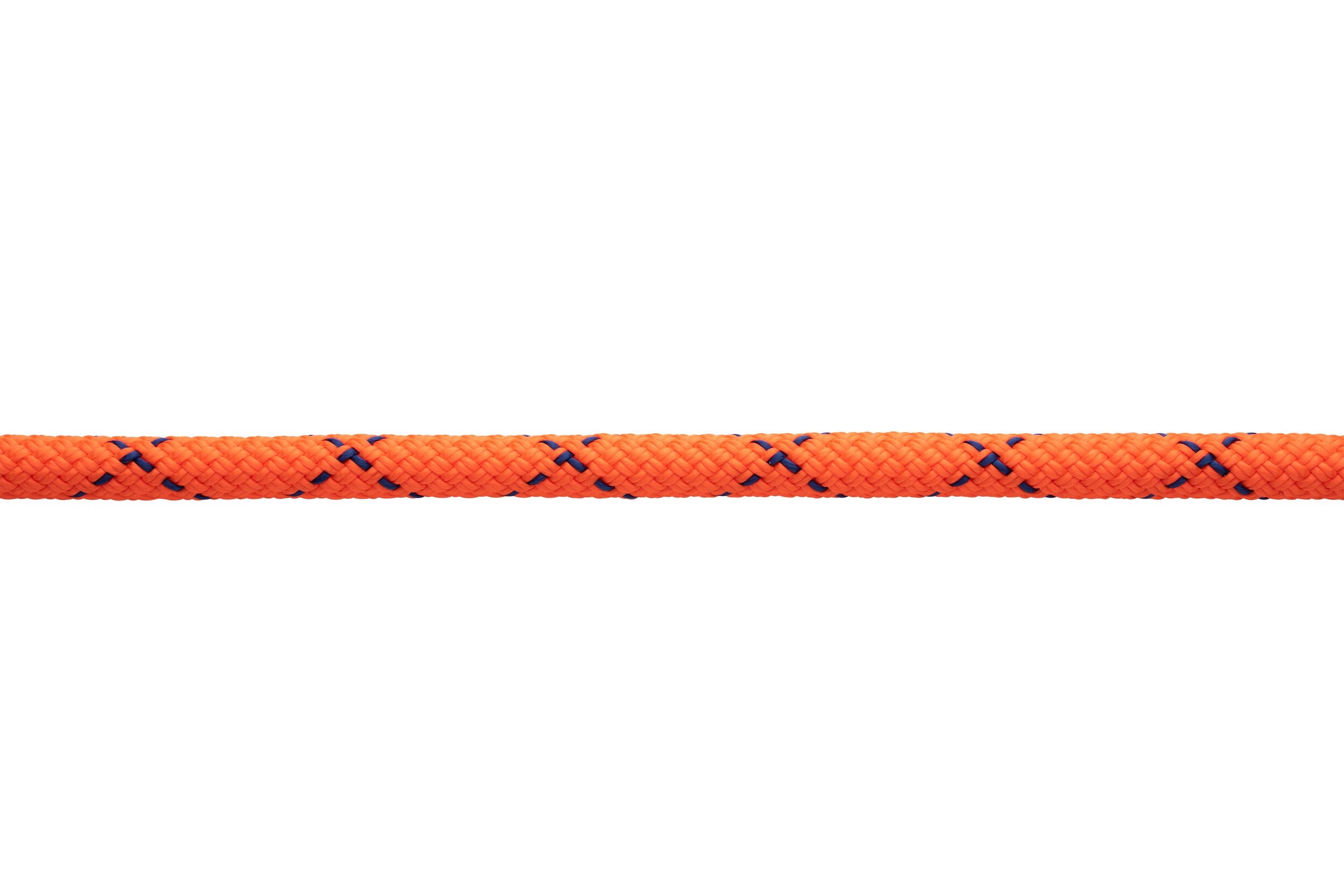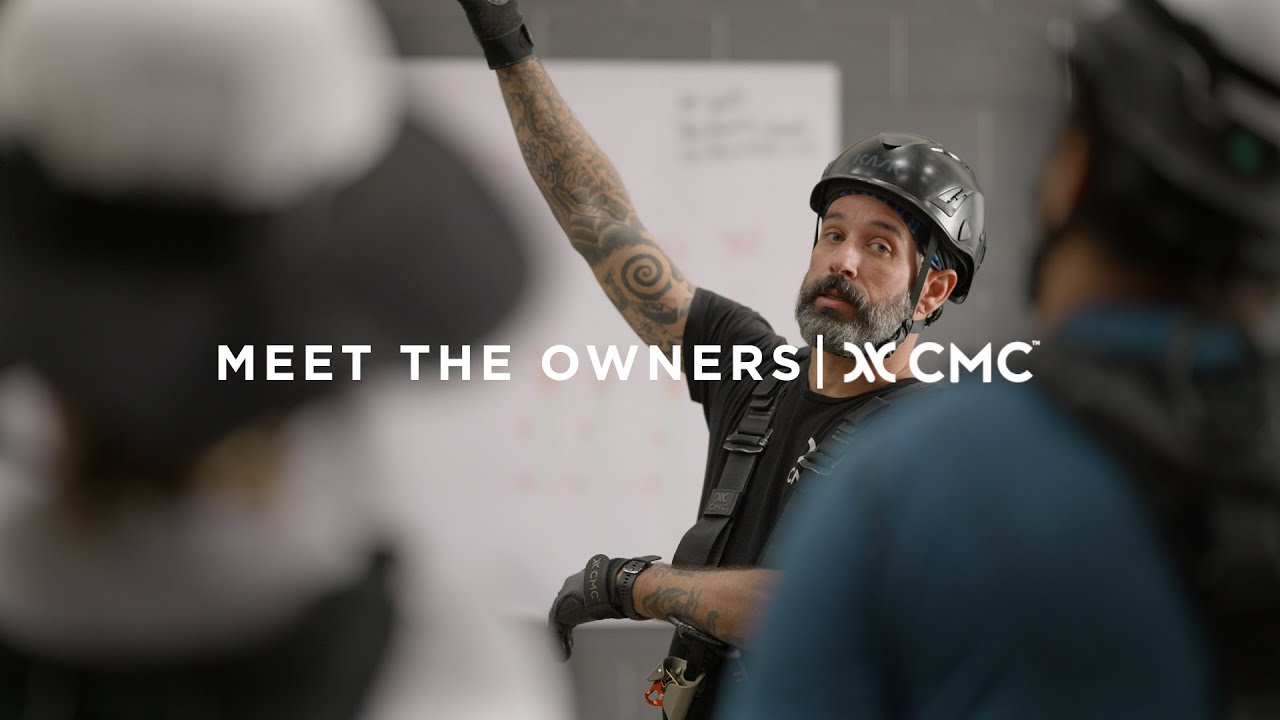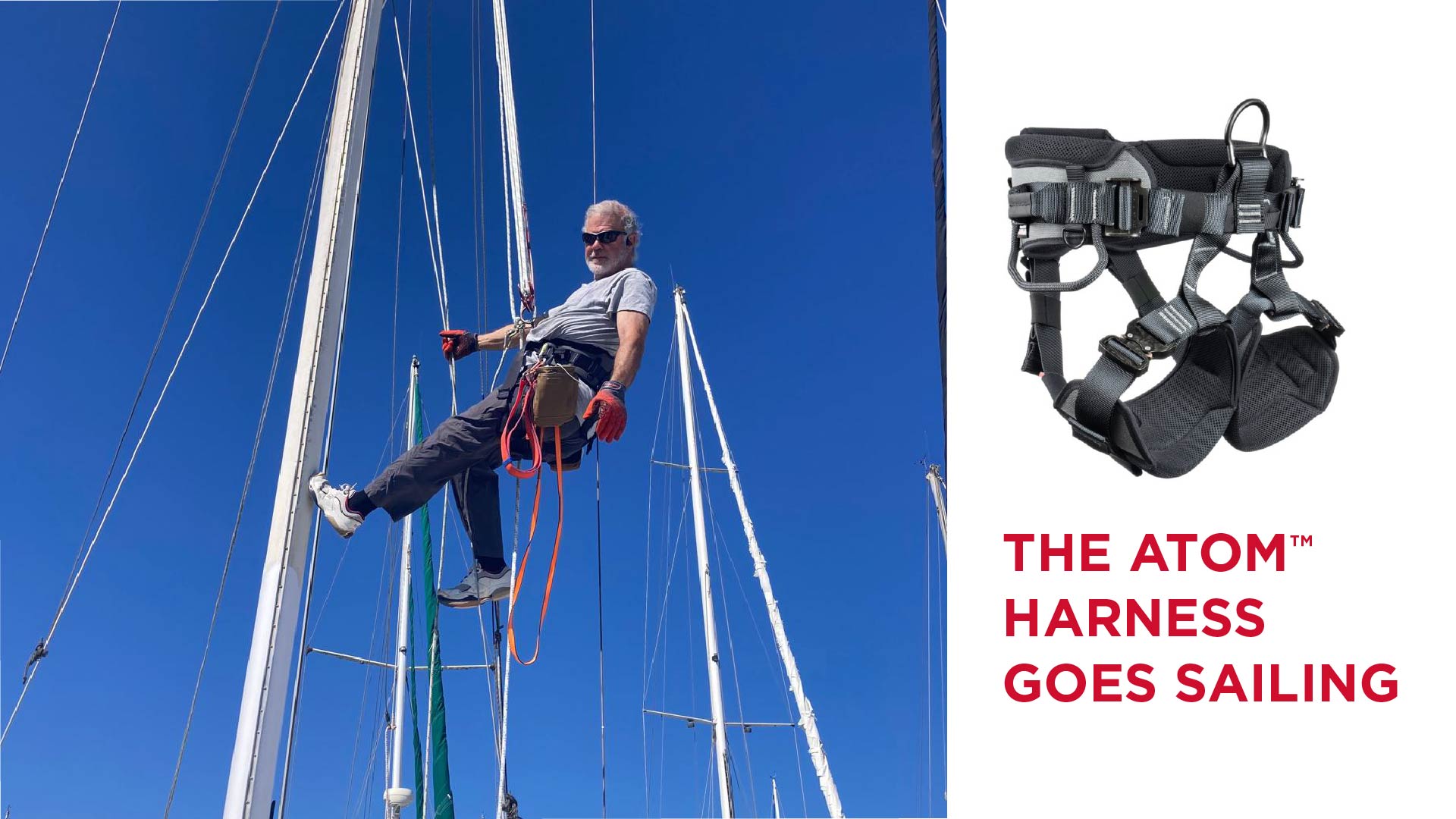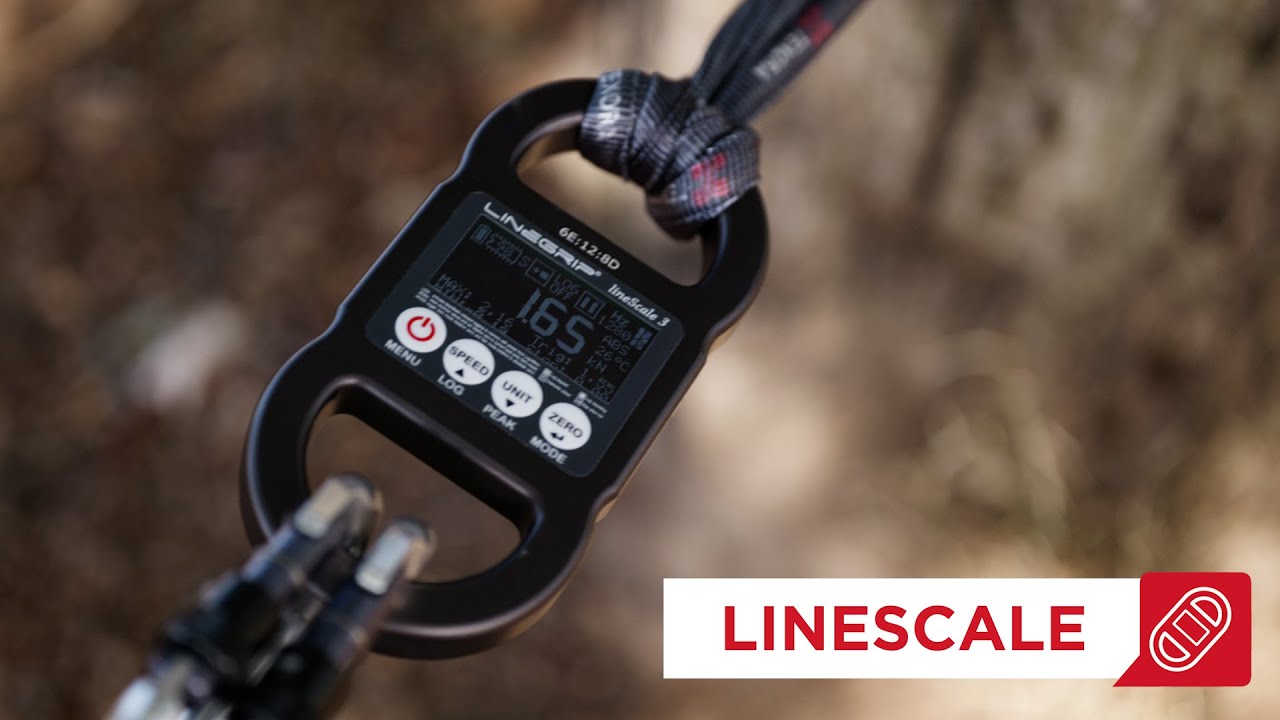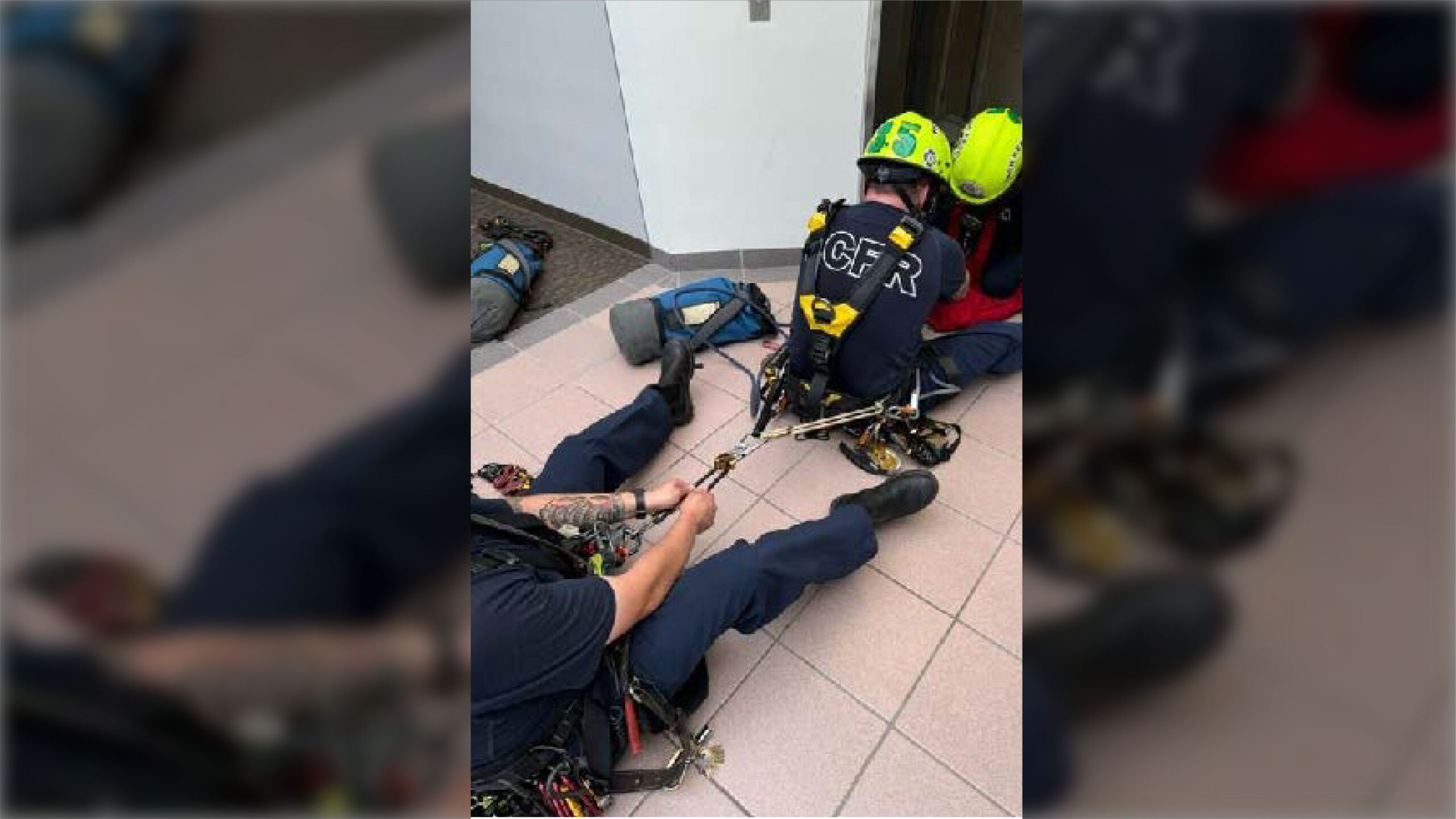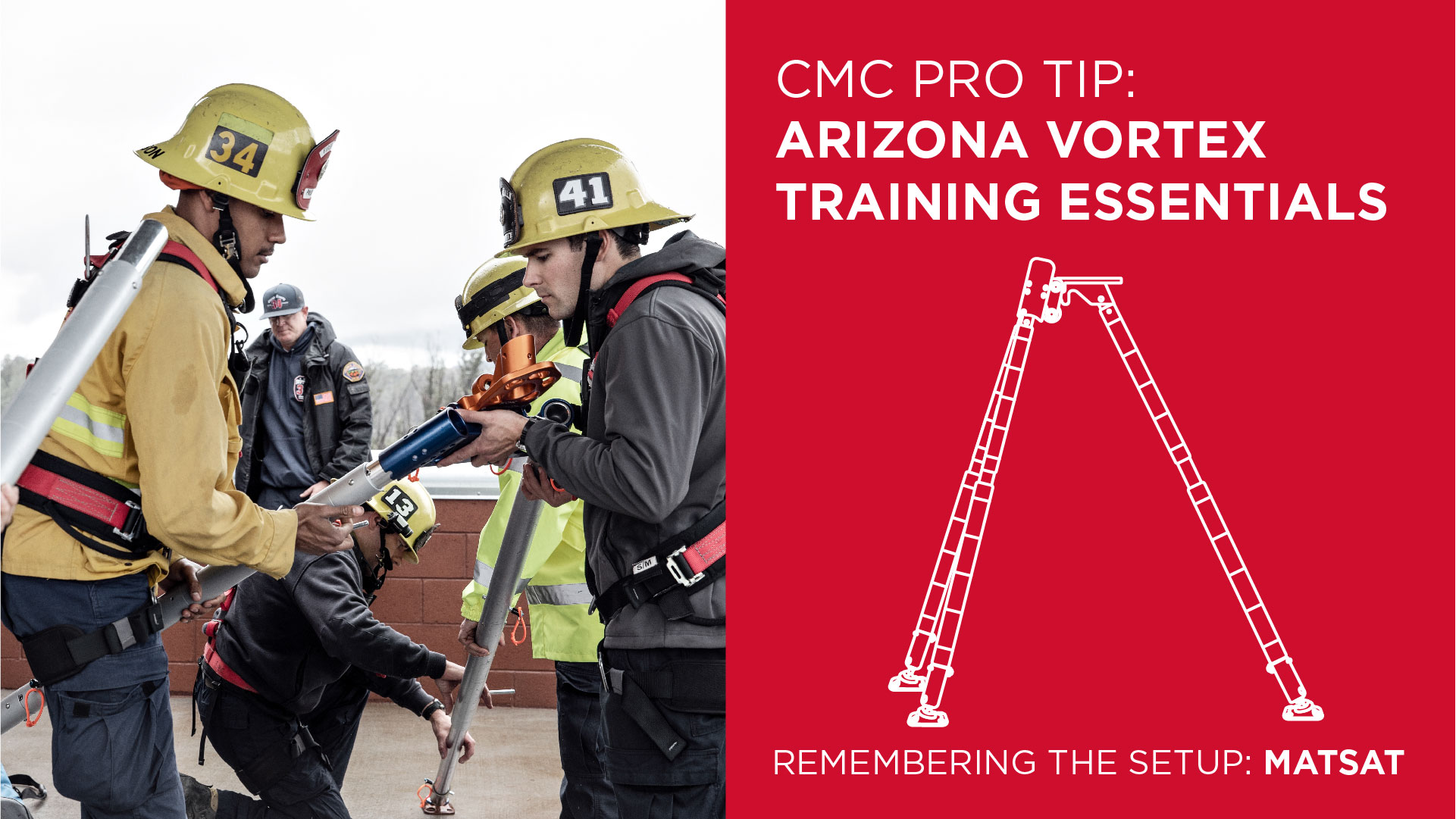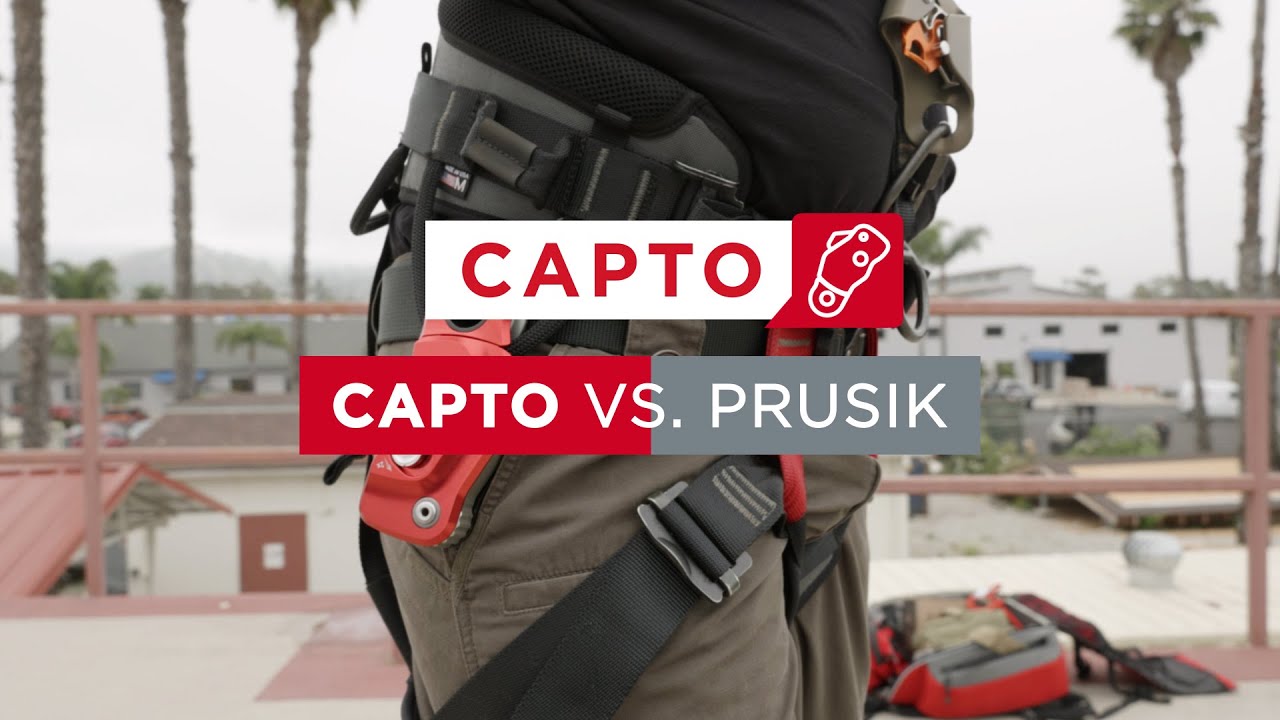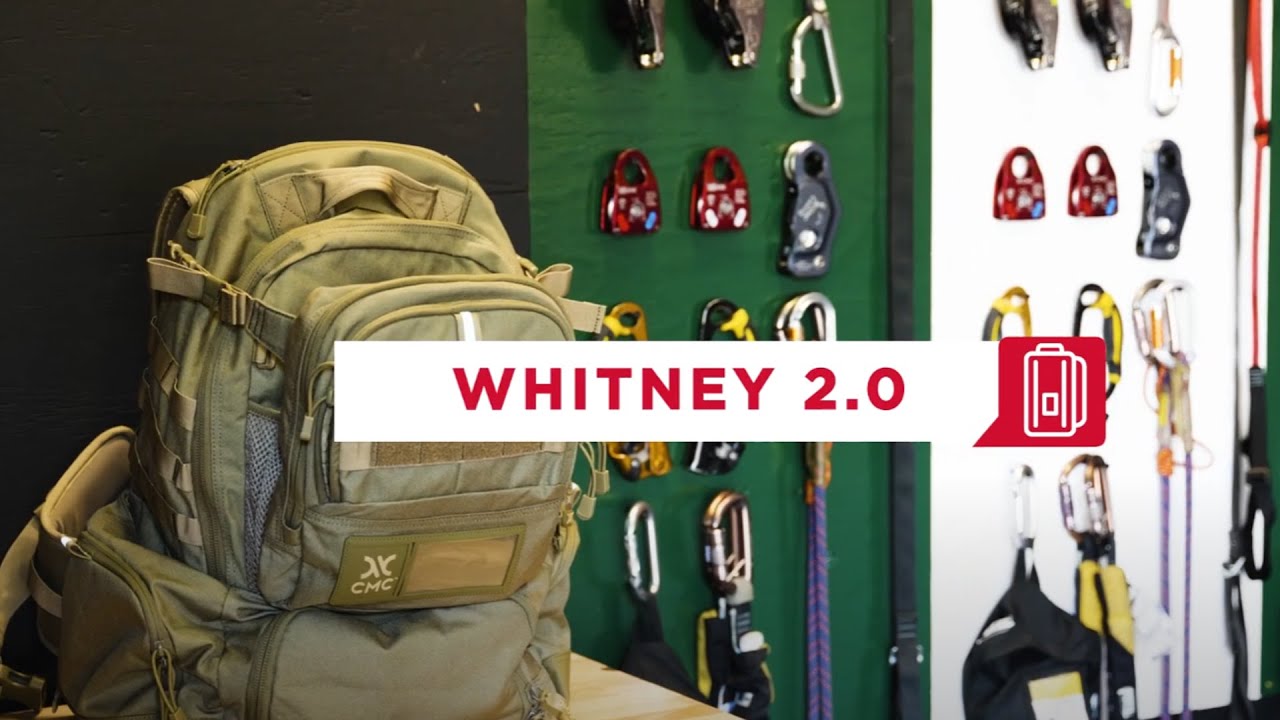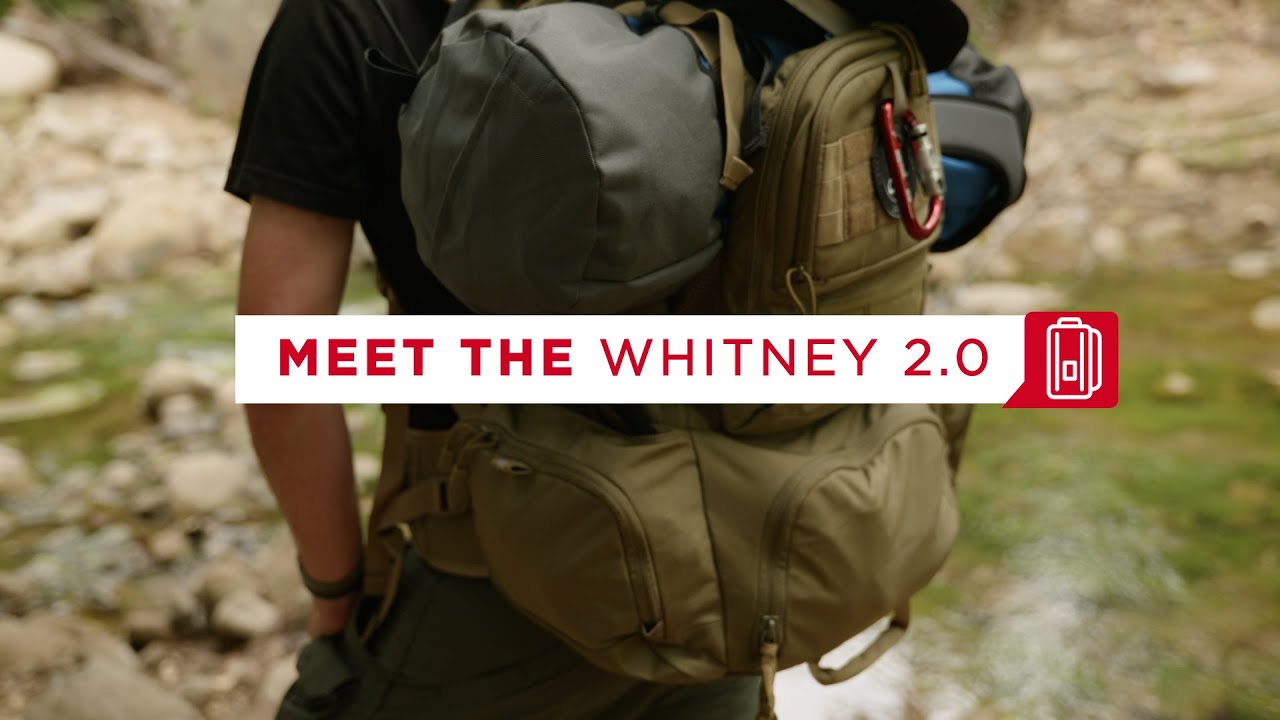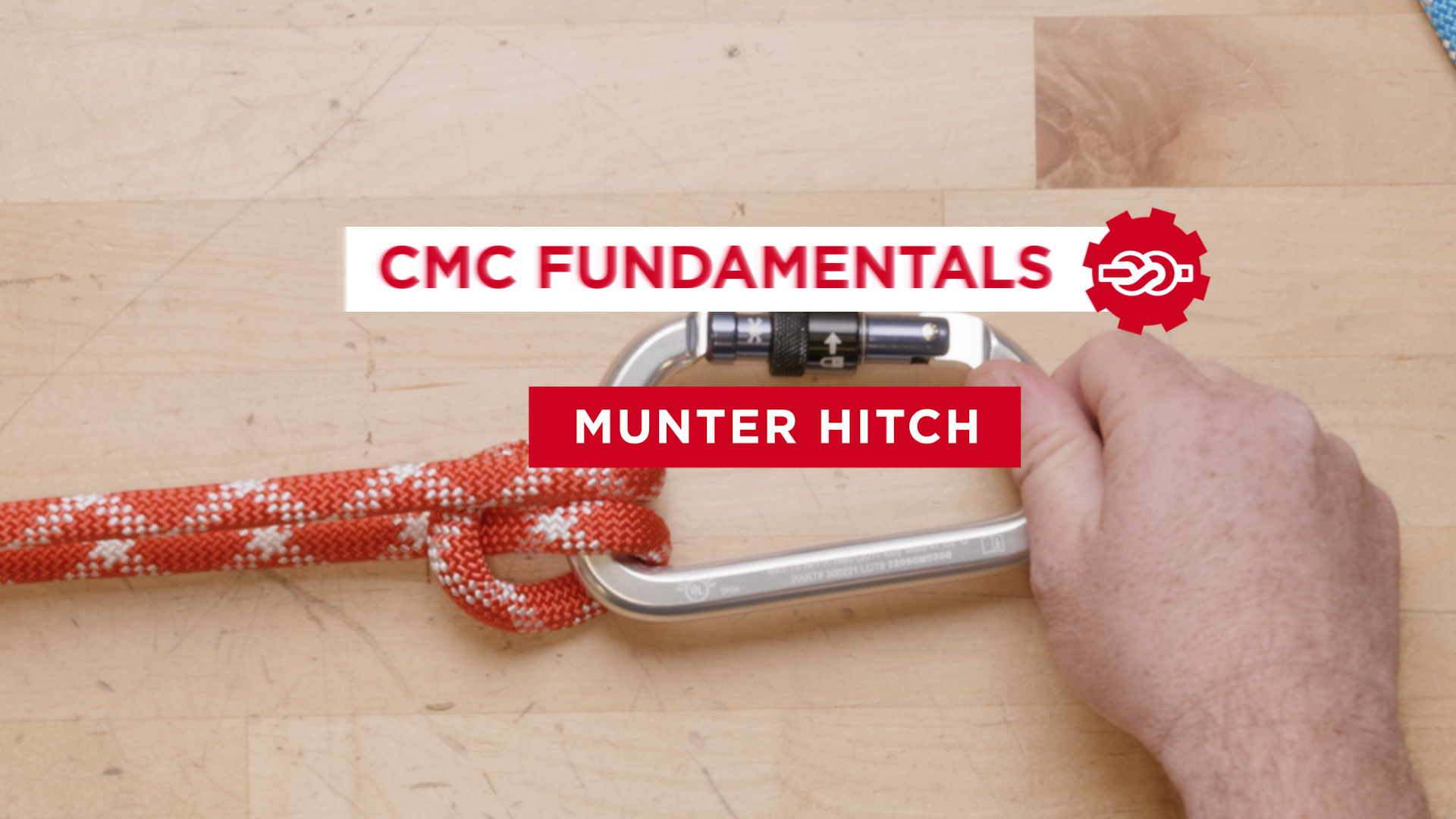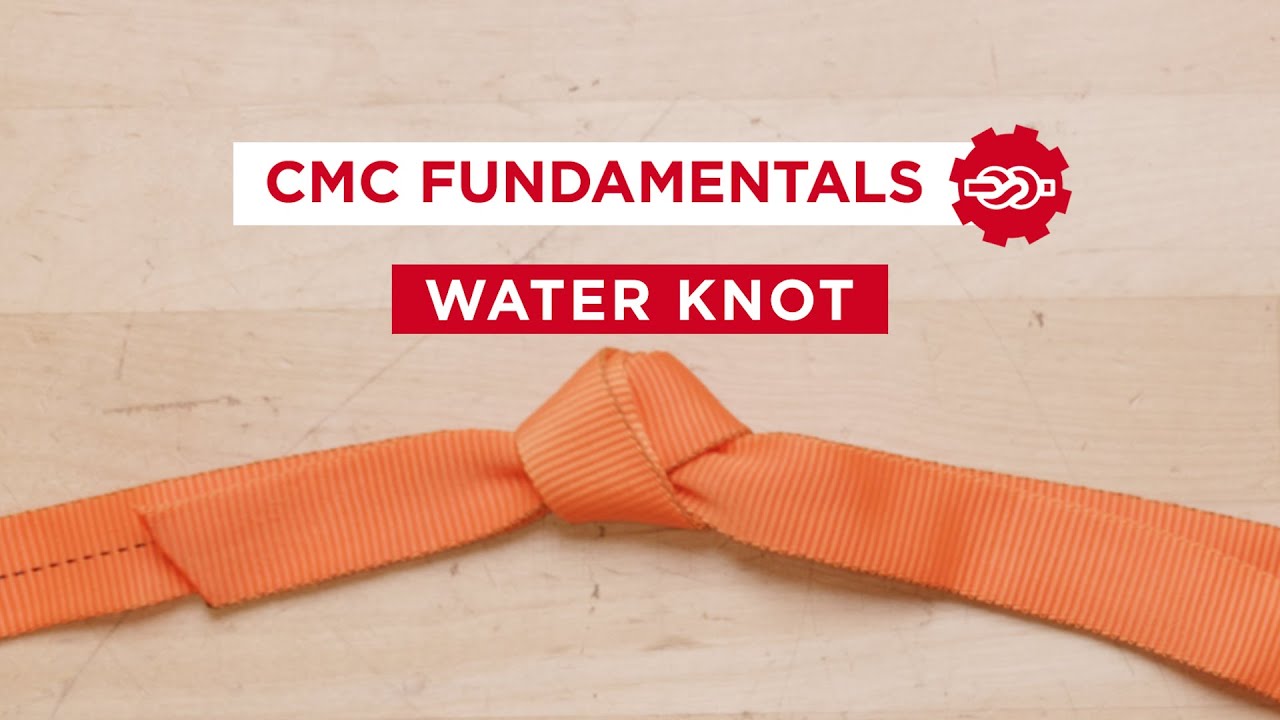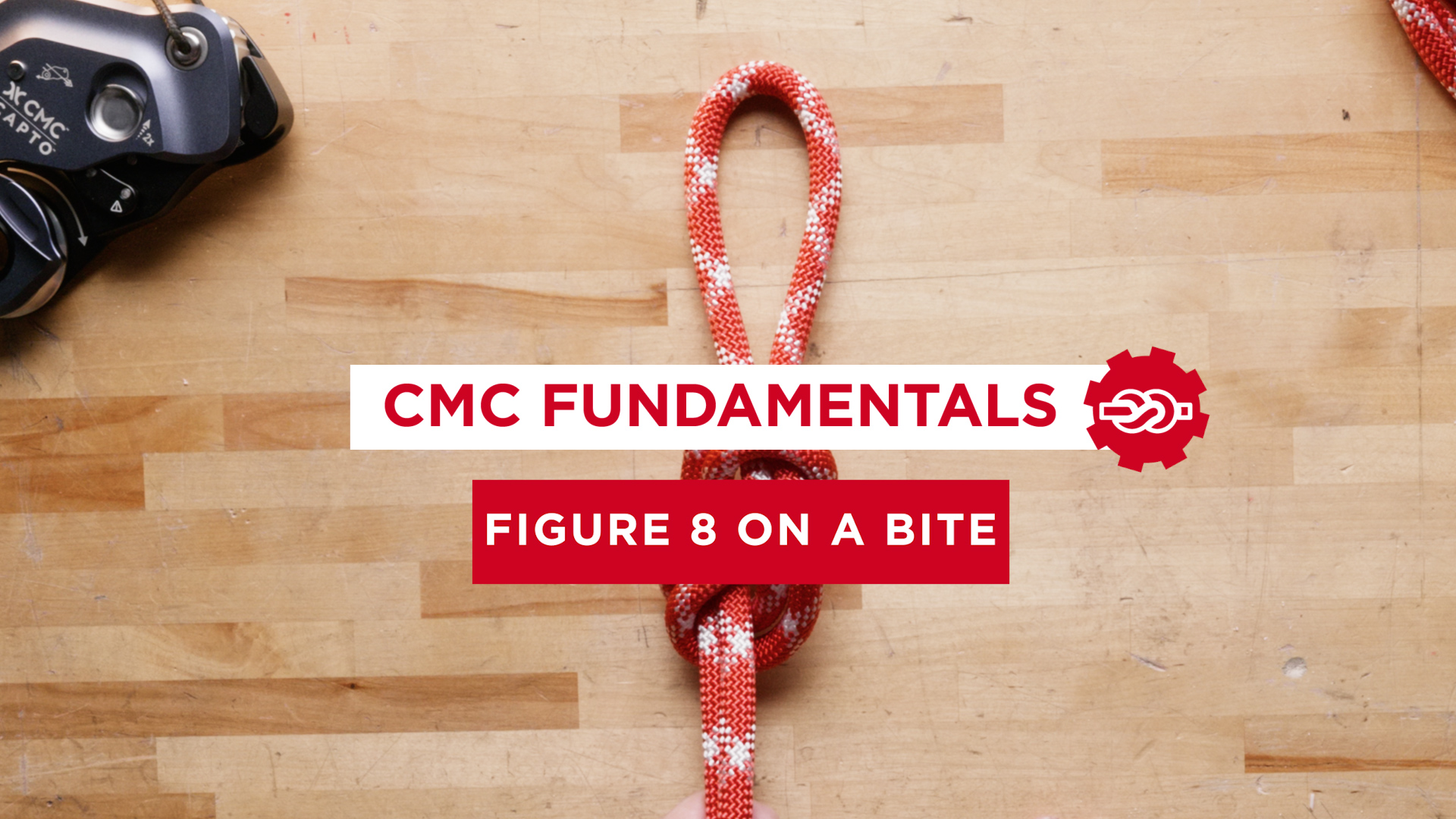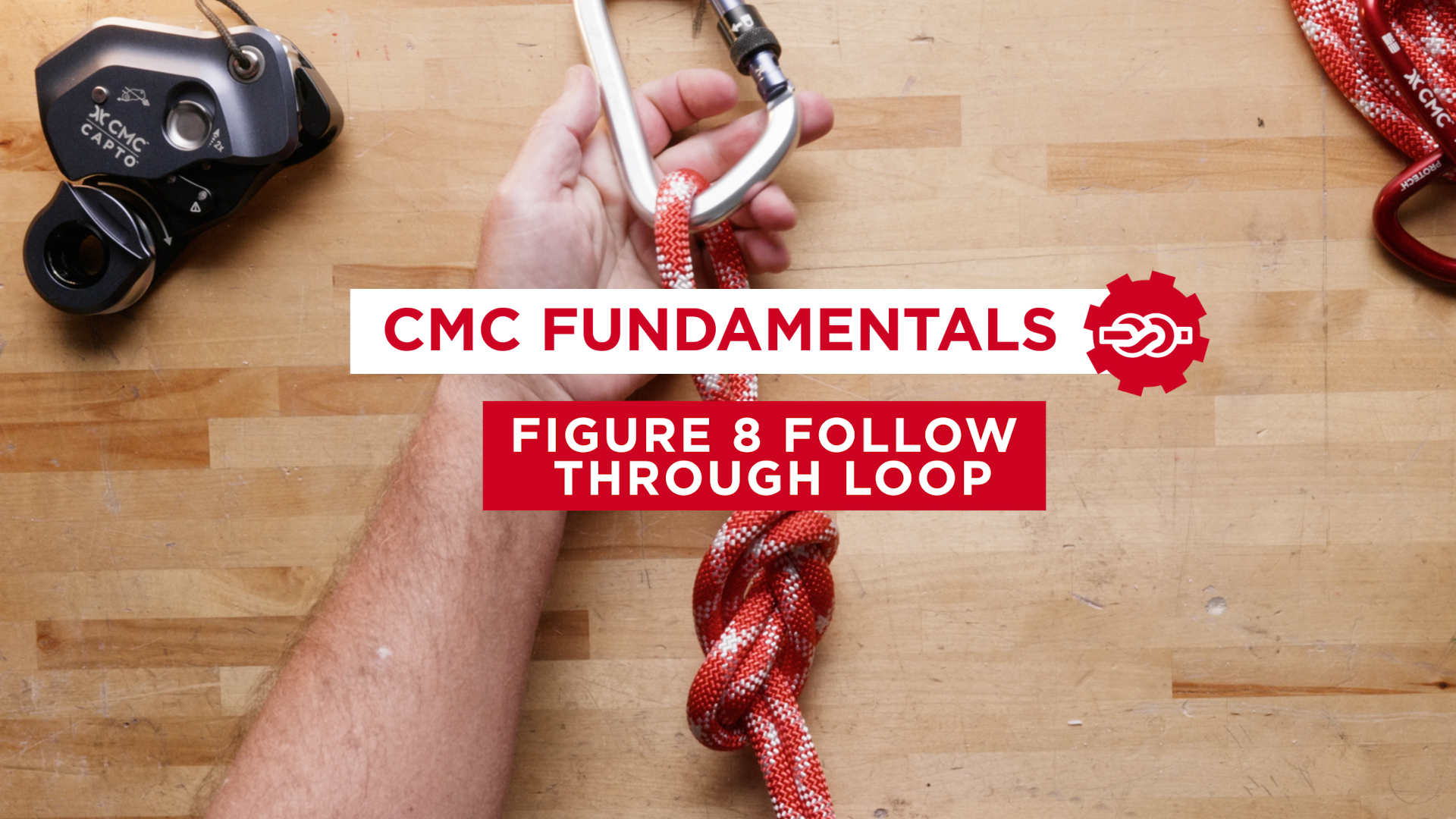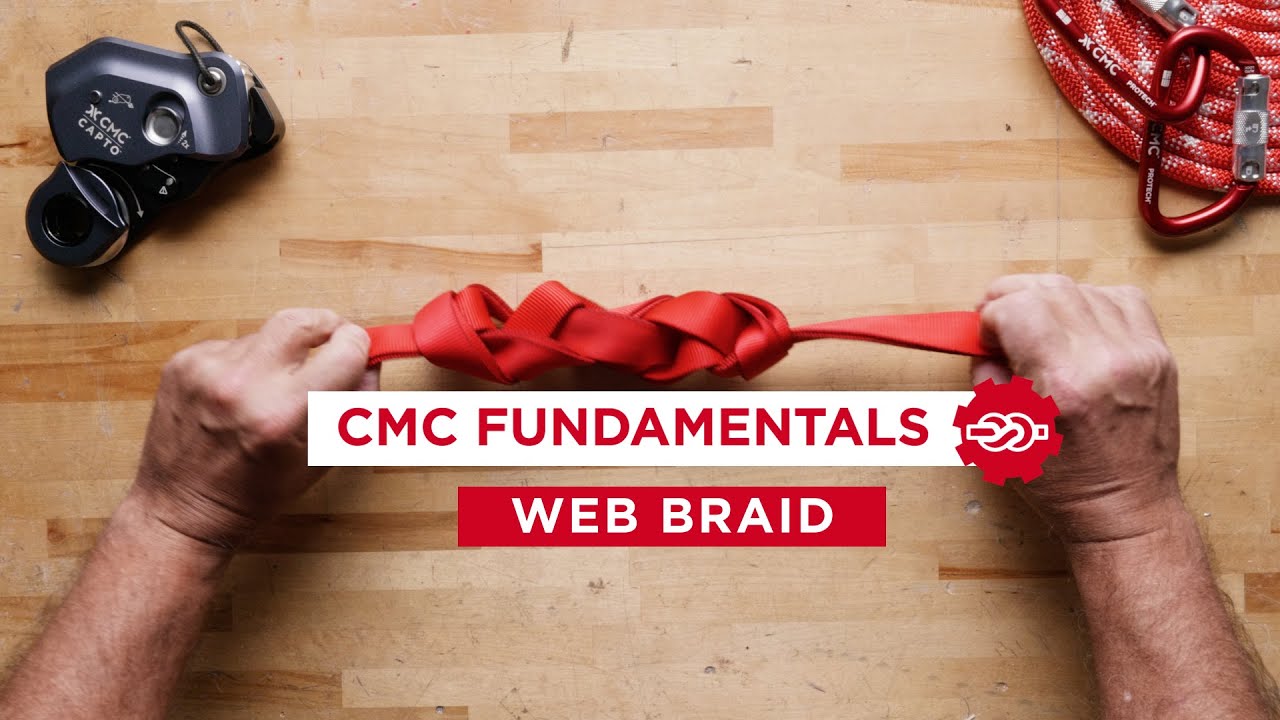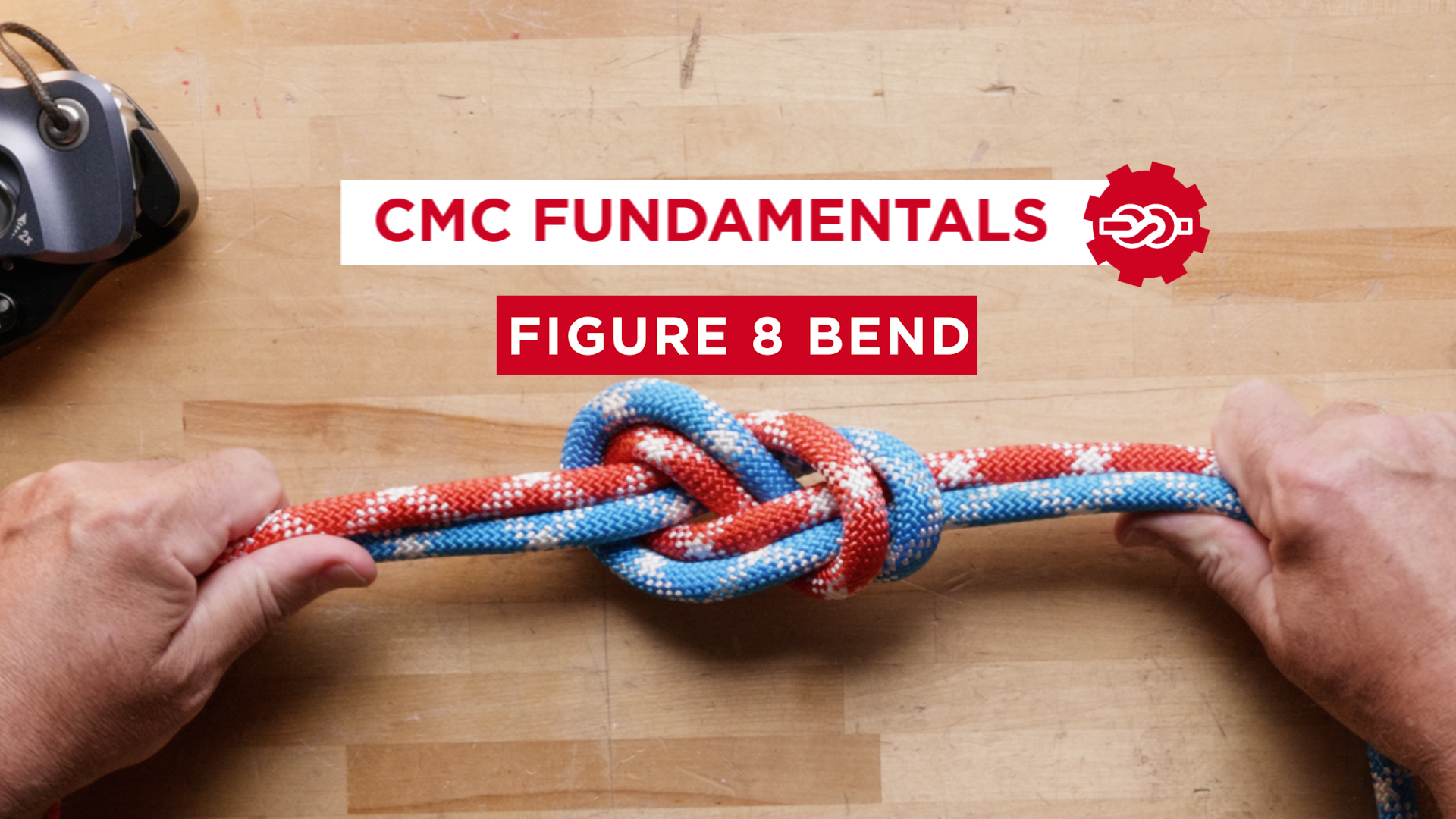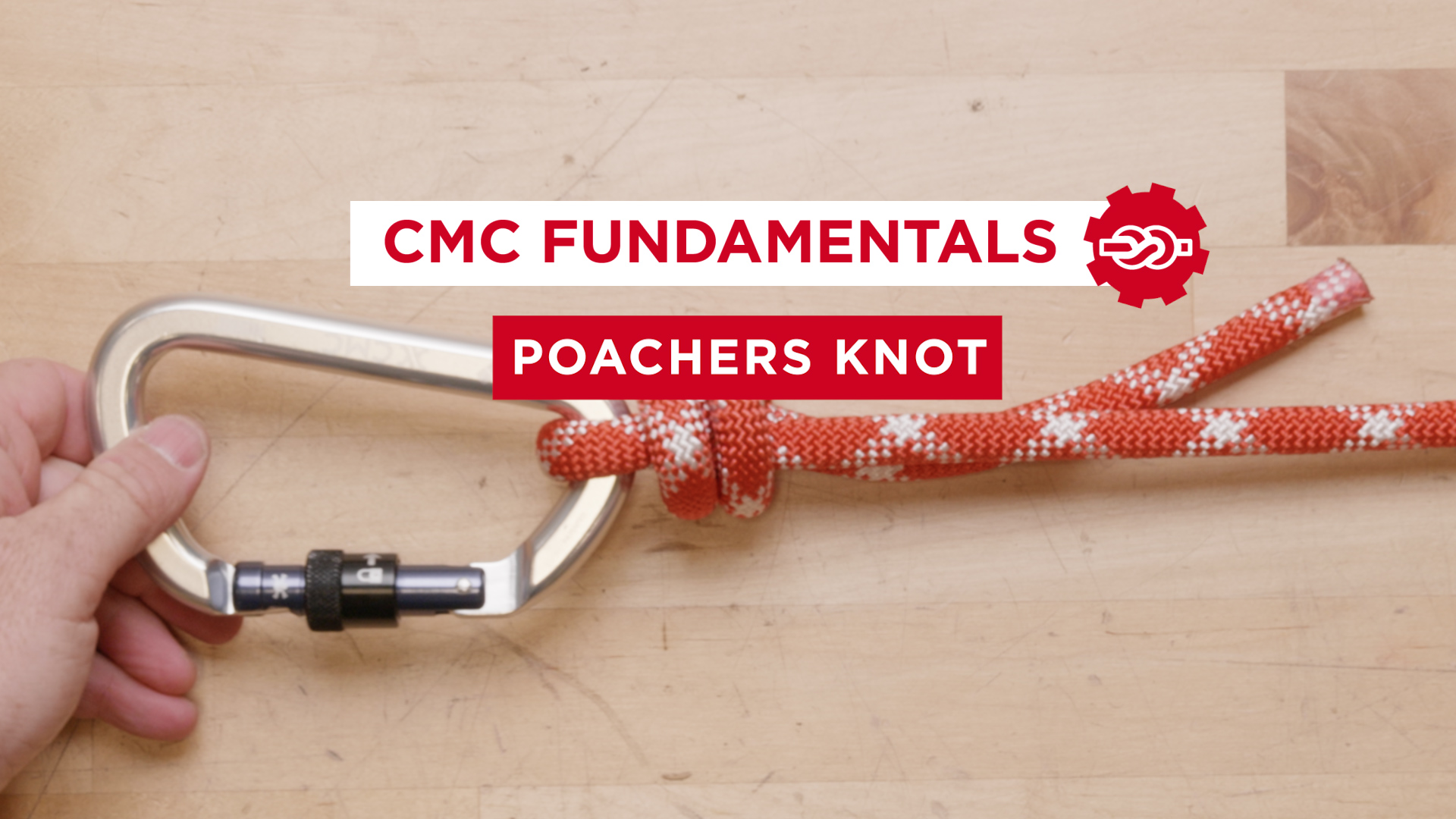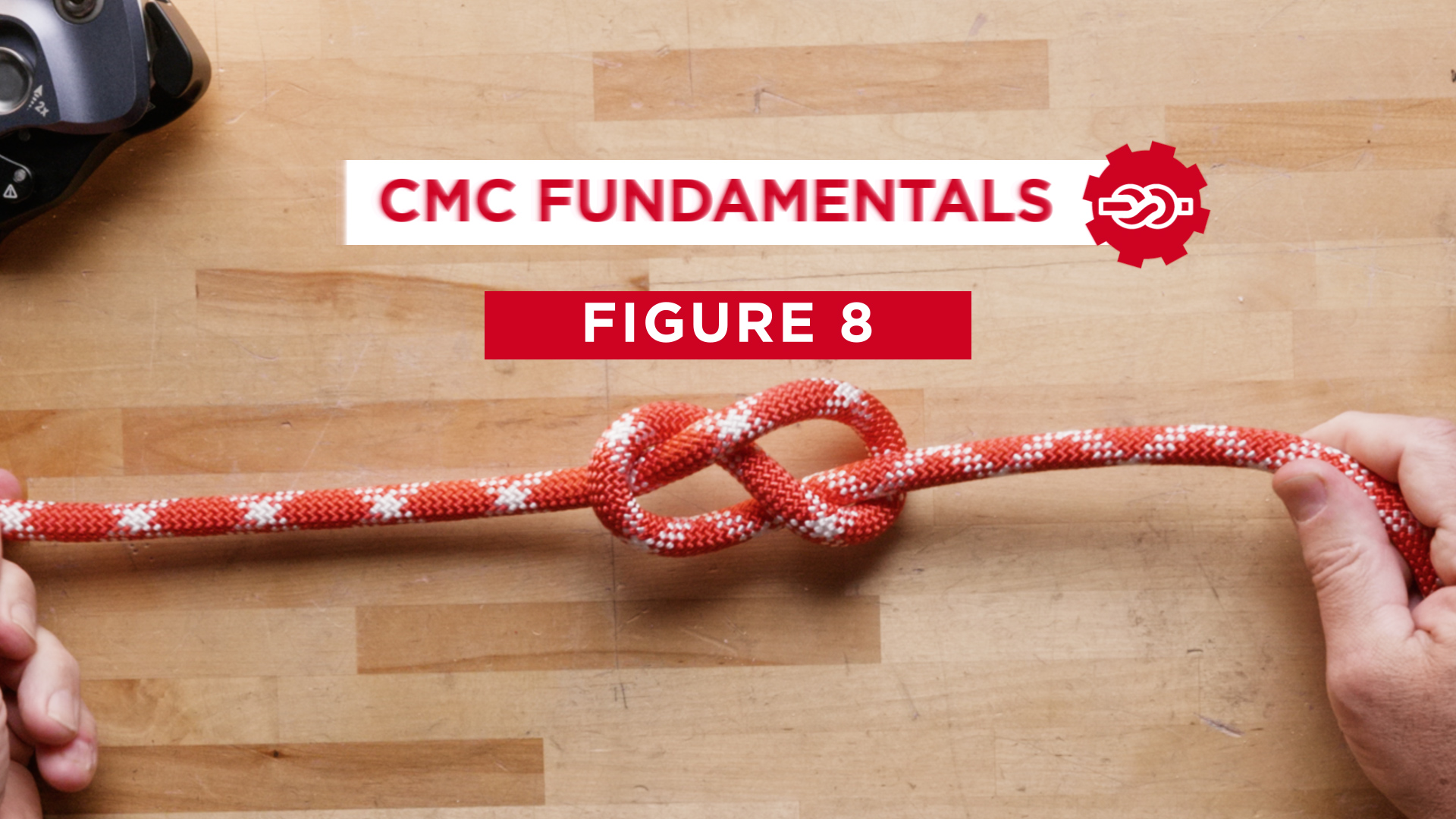How to Pass a Knot in a Lowering System Using the CMC AZTEK.
(Video shot and produced by Kelly Byrne)
After looking at some of the basic uses and components of the CMC AZTEK in my last blog post, we will take a look at some intermediate skills using the AZTEK. Specifically, we will look at passing a knot while lowering as well as how to use an AZTEK as an attendant line for litter operations.
Using an AZTEK to pass a knot while on a lower is easiest if you just envision using the AZTEK in place of a load release hitch or strap in a “traditional” rope system. The nice thing is that it only has to be pre-tied correctly once and with the CMC ProSeries® AZTEK, that’s already done for you. All you have to do is open the zipper of the pack and the AZTEK is ready to go.
As the knot you are going to pass is approaching the rear of your descent control device, which in this case is a rack, stop lowering. There is no need for the person operation the rack to lock off, as we’re not going to be stopped for long. The rope in the rack needs to be made slack so we can remove it and place the knot in front of the rack. There are two options for this, both of which require putting a rope grab on the main line. The first option involves lowering the load into the locked-off AZTEK kit. The rope in the rack will be slack and the rope in it can be removed, the knot placed in front of the rack, and the rack again properly reeved for a lower. The brakeman will hold the rack closed and the AZTEK operator will give a very short haul; just enough to break the prusik. The AZTEK operator will then mind the prusik as he lets the AZTEK extend. The weight of the load will then transfer back to the rack. When the rack is loaded again and the AZTEK won’t extend any further, remove the rope grab, collapse your AZTEK, and then continue with the lower.
Stop before the knot gets to your friction device.
Place AZTEK on your load line in front of your friction device and lower into the AZTEK until the AZTEK is carrying the weight of the load.
Remove rope from your friction device.
Place the knot in front of your friction device, lock off or hold your friction device to keep your load line from moving. Release the AZTEK until the load is being held by your friction device. Then, slack and remove your AZTEK and rope grab from your load line.
In addition to system use such as passing a knot, the set-of-fours end of the AZTEK can also be used in other slick ways to help the rescuer. Moving up and down an attendant line on a rescue litter is not tremendously difficult, but can be a bit daunting if you haven’t done it in a while. Ascending and descending on an attendant line with two rope grabs is a perishable skill. To make life for the litter attendant a bit easier, we are going to show how to use an AZTEK to be able to allow the attendant to move up and down relative to the litter.
After attaching your main and belay lines to the rescue litter bridle, connect the orange AZTEK pulley through the bight of both knots with a carabiner. Using the orange carabiner on the travel restrict end of your AZTEK kit, connect through both bights again. These will be your attendant’s two points of contact to the system.
The primary movement of the attendant relative to the basket will occur when the attendant, who is connected to the blue pulley with the blue prusik engaged, pulls on the haul line coming down to them from the orange pulley. This will cause the attendant to move upwards. By minding the blue prusik with one hand and letting rope out in a controlled manor with the other, the attendant is able to lower themselves.
The travel restrict end of the AZTEK serves as the attendants second point of contact. The blue Purcell prusik is hooked to the attendant and kept as close as practical to the bridle ring. This attachment lets the attendant lower themselves with the set-of-fours and still maintain a traveling second point of contact simply by bringing the Purcell prusik down with them as they lower themselves.
Basic attendant setup. The primary connection is the set-of-fours on the left. The secondary connection is the screw link on the blue Purcell prusik on the right.
Connections shown on the attendant.
Using the set-of-fours on the CMC AZTEK to pass a knot on a lowering operation and using the AZTEK in lieu of a traditional attendant line are just two of the many reasons to keep an AZTEK with you while performing rescue operations. Be sure to check out part 3 of this series when we discuss the use of the AZTEK for some more advanced uses.
Kelly M. Byrne
CMC Rescue School Instructor,
and owner of Rescue2Training.com

